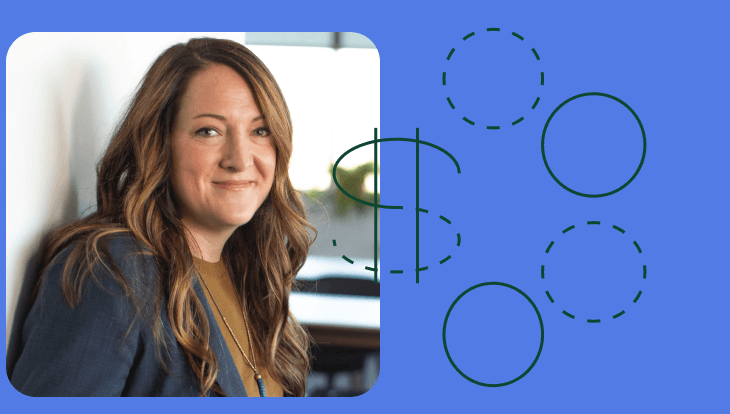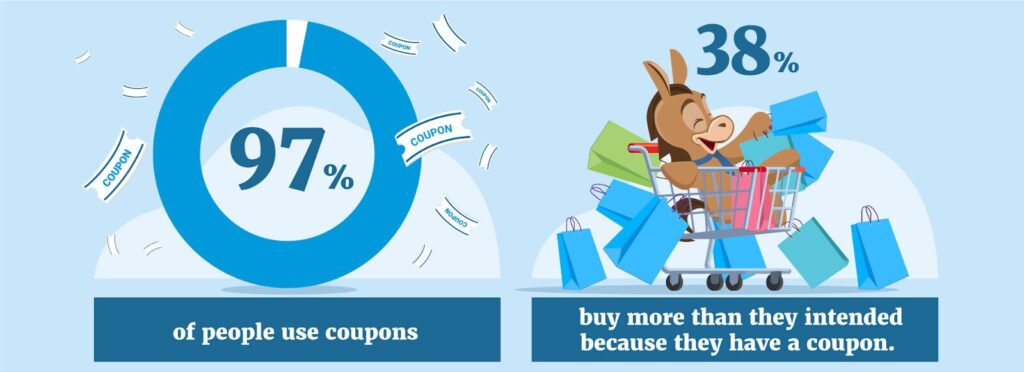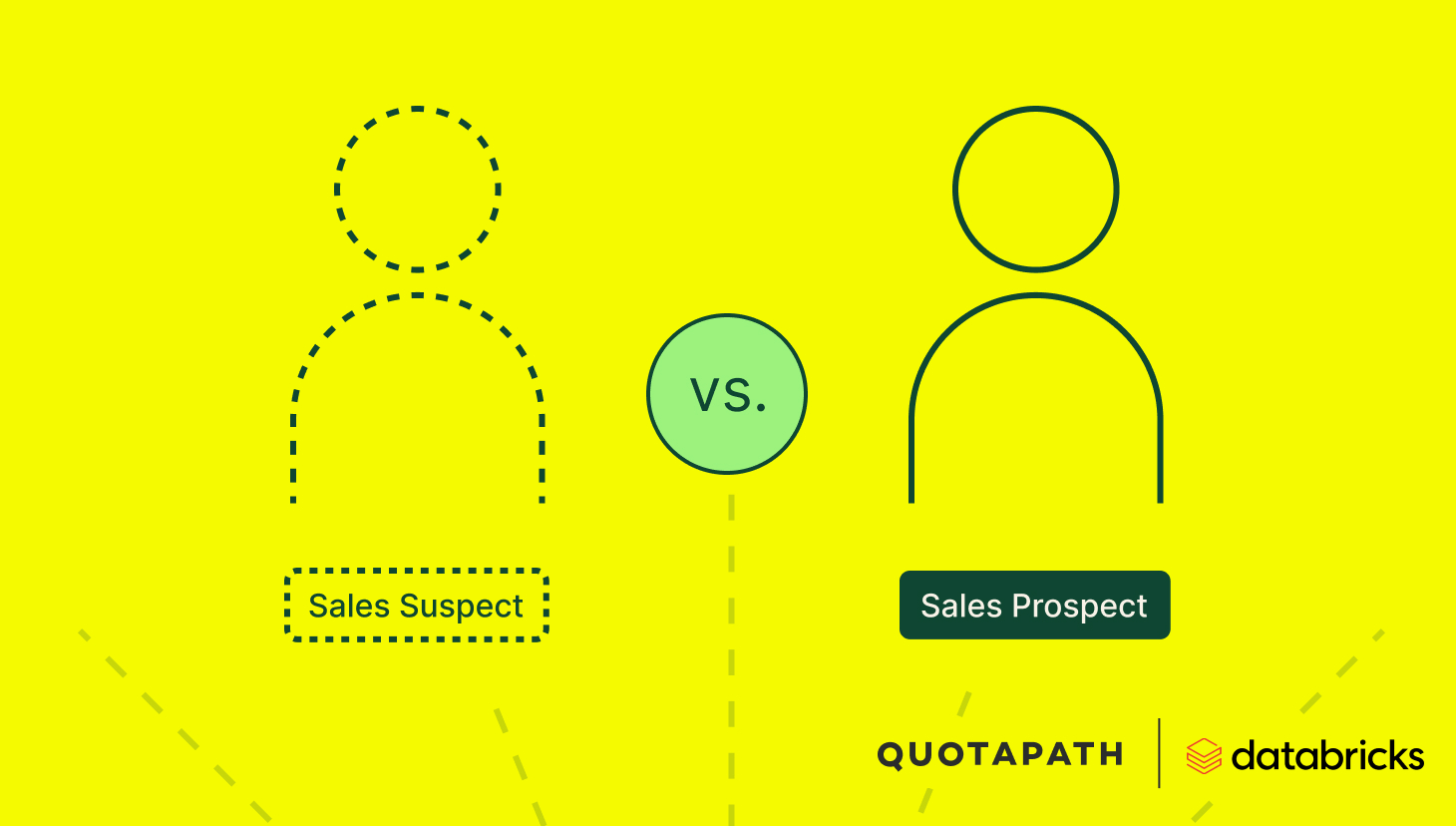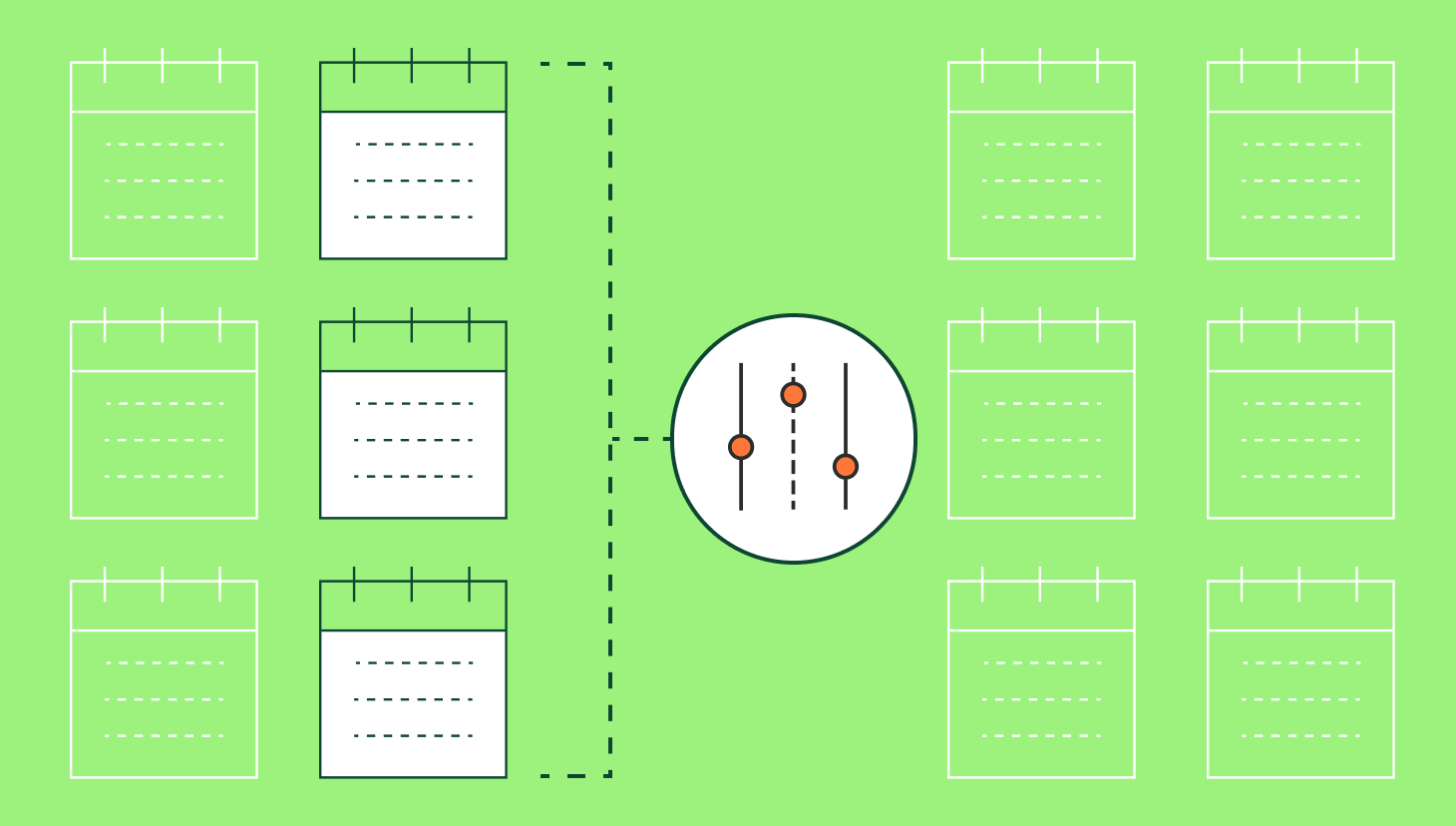The best way to ensure smooth pipeline management is to know exactly how to optimize it.
That means understanding every last step closely so you always know how to approach and respond to people at all stages of your sales funnel, including separating sales suspects from prospects.
This guest blog from Databricks walks you through the main ways to differentiate between the two after covering why it’s so important to do so in the first place. First, however, we’ll show you what both sales suspects and prospects are so the difference becomes clearer.
What is a sales suspect?
Your sales pipeline often begins with strangers who have never heard of your company and might not have even considered buying the types of products you sell. You’ll pick out the most promising group to eventually become customers from these people.
Sales suspects, or leads, are the ones that fall into this more promising group.
A sales suspect is someone who might, at some point, be interested in your products. For example, if you’re a retailer selling swimwear, you might include holidaymakers in your list of leads.
Incorporating recognizable business names into your marketing strategies, possibly in the form of co-marketing campaigns, can also attract attention from these suspects, as recognizable brands often inspire trust and curiosity.
However, it’s important to avoid common website design mistakes that confuse or deter these sales suspects, such as poor navigation or slow load times, ensuring a smooth transition from initial interest to actual engagement.
The key here is that your sales suspects have indicated some passing interest–but no more than that.
If they’ve subscribed to your email list but haven’t followed up on any of your email promotions or offers, they count as sales suspects. And that’s going to be a lot of your email list subscribers because most companies see very low email open rates:

Characteristics of sales suspects
Typically, a sales suspect will be a member of one of your target demographics. For example, if you’re a software developer providing tech-based solutions to customers, a sales suspect might be interested in different machine learning model types and their uses.
A sales suspect needs further targeting to become a customer or even a sales prospect (more on this shortly). Someone who has already put a few items in their shopping cart and has progressed to the checkout stage is no longer a sales suspect.
At the same time, sales suspects can’t be completely uninterested. If you sell furniture to homeowners, a student living in rented accommodation that comes pre-furnished is highly unlikely to be a serious buyer at any point, so they won’t be a sales suspect.

When (and How) to Shorten Sales Cycles
Explore when it’s appropriate to incentivize shorter sales cycles (and when not).
Take Me to BlogWhat is a sales prospect?
If a sales suspect is someone who might be interested in your products, a sales prospect is actively interested.
Sales prospects represent the next stage in your sales pipeline after suspects. They have a genuine interest in your products, and alongside this, they’re likely to want to make a purchase.
Knowing how to identify a sales prospect can shorten sales cycles. This group of prospects contains all the people who will eventually become your customers. So, by targeting them more specifically, you can make more sales and identify your buying customers more easily.

Characteristics of sales prospects
A sales prospect has to have demonstrated clear interest–something more concrete than simply following you on social media, for example.
They might do this by filling up their cart but not quite making a purchase yet. They could also repeatedly click on a specific product and spend time on its dedicated page. Both of these examples involve a sales suspect going above the level of casual interest that comes with the ‘suspect’ label and heading into ‘prospect’ territory.
Prospects are also part of your target demographics. More specifically, they’re likely to belong to two or more target groups, which helps ensure your product is tailored to their wants and needs.
Why differentiate between sales suspect vs prospect?
We’ve alluded to the importance of separating sales suspects vs prospects since this distinction helps you optimize your pipeline management.
But how?
Below are some of the main reasons why it’s such a good idea to draw a line between your sales suspects and prospects actively. They are presented in no particular order.
Proper targeting
A major aspect of pipeline management is knowing exactly how to target leads at different stages of the funnel. Getting this just right means interacting comfortably with potential customers every time, improving relationships, and fostering a positive brand image.
Implementing standardized SOPs or work instructions helps ensure that these interactions are consistently effective and align with overall sales strategies.
Proper targeting is much easier when you know your target group. By effectively differentiating between sales suspects and prospects, you can tailor your approach to each group’s needs and preferences, leading to higher customer retention rates and a more positive brand image.
Sales suspects need content that will help get them engaged and interested. Giving them promotional codes won’t be helpful, as they’re still unsure whether they even want your products in the first place. What they need is information.
On the other hand, sales prospects need that last bit of incentive to encourage them to make the purchase. Promotions do help here, while information won’t be very helpful, as they already know they’re interested in your products.
An online business coach can provide personalized guidance and strategies to improve sales teams’ targeting and engagement with these groups, ultimately enhancing pipeline efficiency and effectiveness.

Improved efficiency
When everyone in your sales department understands exactly how to approach every potential new customer, they’ll become more productive. This makes both commission management and pipeline optimization much easier.
The end result is a more efficient sales process and sales personnel spending all their time in the best possible way.
It also means turning more sales suspects into prospects, which in turn helps drive up total conversions. When you can convert more leads into buyers, you can directly improve your bottom line, which helps everyone in the company.
Making use of the data
If you know the answer to questions like what is Apache Hive used for, you probably know that it’s important to collect lots of data on your customers.
But that data is only useful when you’re making the most of it. Otherwise, it’s just information that sits there doing nothing.
Instead, you should use the data you have on customers to map and understand their behavior. Incorporating KYC (Know Your Customer) practices, such as verifying customer identity through official documentation, conducting background checks, and maintaining continuous data validation, helps ensure that the data collected is accurate and deeply informative, allowing more tailored and effective customer interactions.
This will help you determine whether they’re a prospect or suspect, informing your approach so you’re always taking advantage of the resources at your disposal.
7 ways to separate sales prospects and suspects
Next, we’ll share how you can separate sales prospects from suspects. These will help you determine which type of lead you’re dealing with and how to proceed so you can get the most out of every interaction with them.
1. Purchase intent
When you gather data on your customers, you can learn all about what their actions mean. That means you can gauge what they’re planning to do and whether they’re planning to become a customer based on the information you collect.
In other words, you can separate your sales prospects from suspects using data on purchase intent.
Monitoring purchase intent also lets you notice when someone starts to show signs of graduating from a sales suspect to a true prospect. That way, you can flexibly adjust your strategy and approach so you’re always ready with the right materials at the right time.

2. Tailored offers
Sending specifically personalized offers to a sales suspect vs. a prospect will yield different results, just as both groups call for different types of personalization.
Where a suspect will likely be interested in offers that let them sample just a little bit of your merchandise, such as ‘tasters’ or smaller versions of products, a prospect will often be after discounts. The prospect already wanted to buy, so a discount can be an incentive.
Additionally, strategically planned online campaigns focused on generating online sales can further enhance the attractiveness of these offers, encouraging quicker conversions from prospect to customer.
Sending out these tailored offers can also help you transition suspects into becoming full-fledged prospects. If they love your sampler, they’re more likely to be interested in the full product.
Plus, if your prospects don’t respond to any offers or promotions, they are likely mislabeled as true prospects. They will have needed more than a nudge to become customers, making them closer to suspects than prospects.
3. Sales team feedback
The people who work the most closely with your leads are the ones who know the most about them. This makes your sales team–or, if you’ve undergone plenty of business growth, your whole sales department–a highly valuable source of information.
Your sales team can tell you which specific leads have shown lots of promise. They’ll be able to explain what led them to that conclusion and tell you how sure they are of their assessment.
In the long run, this also helps you inform your approach when you’re separating sales suspects from prospects, as your sales team will help you identify differentiating trends. That means you’ll get more accurate in distinguishing the two types of leads the longer you spend listening to your sales team and trusting in their expertise.
4. Tracking behavior
We’ve already mentioned purchasing intent, but that’s not the only kind of data that gives insight into leads’ likelihood of becoming prospects.
It’s worth checking who’s visited your landing pages and how often. Someone who took a quick look at one of your product pages for a minute is far more likely to be a lead suspect, for example, whereas someone who spends a long time on a given product page multiple times over is almost definitely a sales prospect.
Tracking behavior also helps you determine what kinds of content to target your leads with. For example, a prospect that’s shown interest in multiple products would need different targeting than one that’s very dedicated to a single item.
5. Reaching out
Sales suspects and prospects alike can benefit from having direct contact with your brand.
For example, a prospect might want to know about any limited or time-sensitive offers. They might also like to hear about your customer care approach so they’ll know that you’re there for them once the purchase is made. Either way, Vonage voice calls will help you build a stronger connection and gently encourage these promising leads to bear fruit.
Sales suspects, meanwhile, very often have questions. They’re not as closely familiar with your brand or products, so they might not even know how you can help them. That means reaching out offers you an excellent opportunity to explain how you can address their pain points and give them what they’re looking for, which helps convert them to prospects.
How to Create an Ideal Customer Profile
An ideal customer profile (ICP) is a detailed description of a customer that can most benefit from your solution. What traits should you look for?
Take Me to Bog6. Creating customer profiles
Once you know what your ideal customer looks like, it’s so much easier to match suspects to those profiles and see who fits. That way, you can qualify leads and pick out sales prospects in less time and with greater accuracy.
Multiple ideal customer profiles are a great idea here. That’s because you’ll likely have a variety of people who are interested in your products, so you should also know how to recognize those types of people.
Your prospects should also, in turn, influence your customer profiles. If you keep encountering prospects that share common characteristics, you can add those to existing profiles or create new ones accordingly so you can identify prospects among suspects with greater accuracy.
7. Getting help from AI
Lastly, enlist the help of generative AI platforms. These can process large volumes of data and draw insights for you, which will help separate suspects from prospects.
Also, sales-specific AIs, in particular, can create bespoke suggestions for you to help you maximize your ROI for investments made into sales suspects. This will let you create more prospects without wasting effort on suspects who are not interested after all.
Since machine learning algorithms improve the more they’re used, you can get better results from any AI by simply involving it in your sales separation processes.
Design, track, and manage variable incentives with QuotaPath. Give your RevOps, finance, and sales teams transparency into sales compensation.
Talk to SalesFinal thoughts
To maximize your sales team’s productivity, ensure everyone knows the exact differences between a sales prospect and a sales suspect. This will help them interact appropriately with both groups of potential customers so they can drive sales and improve your brand’s reputation.
While the intricacies of a sales suspect vs prospect can seem confusing, it’s actually quite simple. Briefly put, a sales prospect is someone who’s looking to make a purchase, while a suspect is someone who might, at some point, want to become a customer.
With our handy list of key differentiating factors, you’ll separate the two groups quickly.



